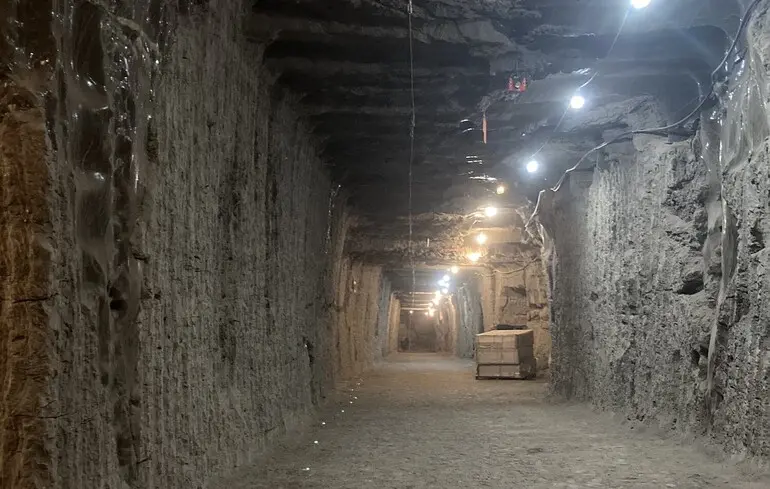Revival of Microbes from Earth’s Permafrost and Their Potential Impact on Climate Change

An international team of scientists from the University of Colorado Boulder has made a groundbreaking discovery by extracting microorganisms preserved in permafrost for tens of thousands of years.
These microbes, some dating back as far as 40,000 years, were trapped in the frozen layers of soil, ice, and rocks that cover nearly a quarter of the Northern Hemisphere’s landmass.
Permafrost acts as a kind of natural time capsule, holding remnants of ancient plants, animals, and a diverse array of microorganisms frozen in time.
Scientists are particularly concerned about what happens when this permafrost melts due to the accelerating effects of climate change.
Once thawed, these microbes can resume activity, forming colonies that could significantly influence the Earth’s climate system.
Research indicates that these microbes are alive and capable of breaking down organic material, releasing greenhouse gases such as carbon dioxide and methane into the atmosphere.
This process poses a complex challenge because it can create a feedback loop: as permafrost melts, it releases gases that trap more heat, leading to further warming.
Experts warn that this cycle could intensify global climate change unpredictably.
To study these phenomena, researchers conducted an expedition into a permafrost tunnel beneath central Alaska, extending over 106 meters into the frozen ground.
Inside, they observed a foul smell reminiscent of a long-neglected cellar, which is typical for microbial activity in such environments.
Samples taken from the ice layers, dating from thousands to tens of thousands of years old, were analyzed in laboratories where they were moistened and incubated at temperatures simulating future summer conditions in Arctic regions.
A key aspect of the study involved using water containing deuterium, a heavy isotope of hydrogen, to track microbial absorption and membrane formation processes.
Initial growth was slow; however, after several months, certain colonies developed biofilms visible to the naked eye.
While these microbes are not dangerous to humans, their activity indicates that, under real-world conditions, microbial communities might become highly active over a period of months, unleashing significant quantities of greenhouse gases.
This research underscores the broader implications of thawing permafrost, suggesting that each Arctic summer carries the risk of accelerating climate change through microbial activity, which could unleash vast amounts of stored carbon, thus creating a feedback loop with potentially catastrophic consequences for the planet.

